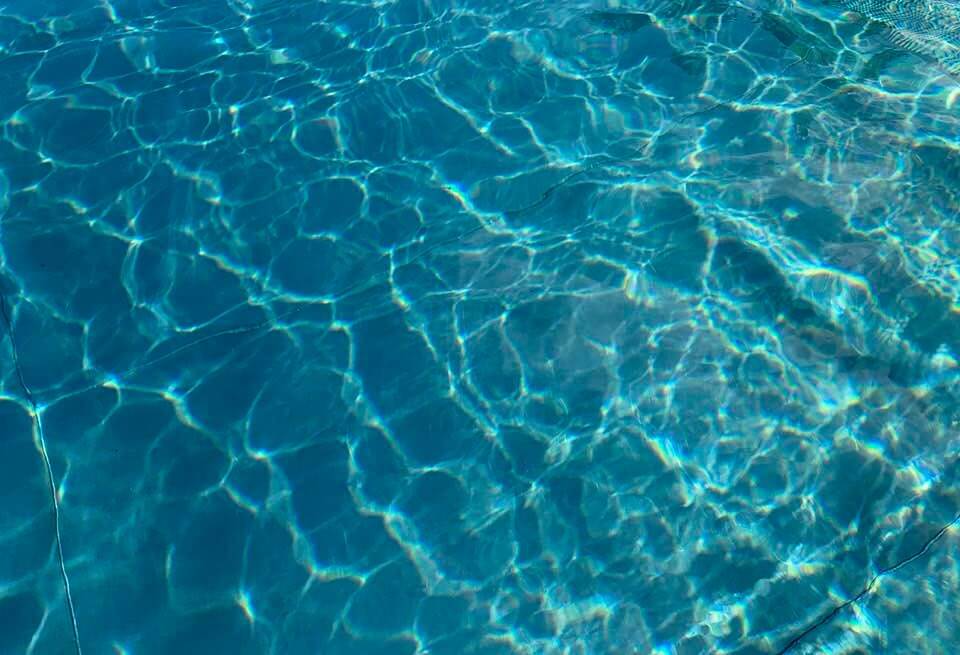The Mystery Behind Swimmers’ Feel for the Water

The Mystery Behind Swimmers’ Feel for the Water
By Vanessa Steigauf, Swimming World College Intern
With their special “feel for the water,” swimmers know just how fascinating this element is. Water can be soft like air and floating in it can sometimes feel like flying. But it can be soft and hard at the same time. When you dive off the five-meter platform and hit the water, it can actually hurt like you hit the ground.
On top of this, water has a force that cannot be compared to anything else. During floodings, whole cities can be washed away within minutes. And high waves or tsunamis boast untold power. This way, water can be life-threatening. But for animals and plants of all kinds, the properties of water are lifesaving. For us swimmers, water (chlorinated, please) plays a crucial role to our well-being. In general, water is essential for survival, as it makes up about 60% of our bodies. Especially fish profit from another cool feature of water: it has its maximum density at 4°C and therefore expands when it freezes. This characteristic of water allows fish to survive cold winters under the frozen top-layer of deeper waters. What makes it so special?
The Underlying Principles of Water
Deep down, of all these fascinating aspects of water, there lie even more fascinating chemical principles. The chemical structure of H2O, allowing for all the aspects mentioned before, is what makes water such a good element to use for our favorite sport. When pressure acts on water molecules, their intermolecular bonds switch around, bind to new molecules, and switch around again. This enables us to build up a force against the water and push ourselves forward during swimming. But we swimmers know… it isn’t as simple as that. In fact, it takes incredible tactile abilities to know how the water behaves when we put a certain amount of pressure on it. Pushing just a little harder or with a slightly different angle in the hand can make a huge difference.
If you don’t really know yet what I am talking about, remember the last time you were back in the pool after some weeks of rest, struggling to find the right catch. Not having that feel for the water makes us feel like we’re young kids again, trying to somehow hold on to a totally strange element. Now that we’ve gained experience in the once so strange environment, we have that special sense for the water. Because the neuronal connections needed for that sixth sense should be made when our brains are the most flexible, children actually should become familiar with the liquid environment early on in their lives.
The Magic Spell For Fast Swimming
Knowing how to gain traction in the water and translating it into forward movement is one of the magical abilities swimmers have. Basically, we have a natural feel for physics. Yes, that science with crazy formulas and theories that is rather hard to understand. Isn’t that super cool?
The key principle of a swimmer’s feel for the water is based on the interplay between propulsion and resistance. If you manage to balance these two, you have the magic spell for fast swimming. What makes this hard is that water has a different density than air. It takes some time to get used to the drag that occurs when a force acts on water.
What at first sounds like something we should avoid to swim fast, is actually something swimmers have learned to use over time. While we want to avoid the drag that occurs at our head and shoulders when we glide through the water, we can intentionally create drag at our palms to push off the water and propel our bodies forward. This is where the right amount of power and the right angle of our hands come into play. We should always aim at reducing the drag that holds us back to a minimum and increase the drag we have at our palms to a level where we still have enough power to not slip away.
This is just one of many reasons why a good and efficient technique is so important in swimming. It helps a swimmer to get a good feel for the water while exercising the amount of power that’s appropriate for their individual strength and endurance. Therefore, the right “feel for the water” is everyone’s individual key to successful swimming.
Practicing the Feel For The Water
The good news is that it is never too late to practice gaining a good feel for the water. While it is optimal to do it when you’re young, even older swimmers can always find their right catch for the water. With technical drills and sculling, you will enhance your feeling for the liquid element. In addition, you should never only focus on one stroke. Varying strokes during your practice doesn’t only add variations to the training schedule, it also is an upgrade to your water feel. Swimming at different speeds and with different movements improves your ability to feel how the water reacts in response to different forces you exert on it.
With these tips and tricks in mind, have fun exploring an interaction with the element we love the most in totally new ways.
All commentaries are the opinion of the author and do not necessarily reflect the views of Swimming World Magazine nor its staff.




This article helps to confirm what I’ve alway felt while swimming; that it’s the closest I’ll come to flying using only my body. Thanks for sharing your experienced thoughts.